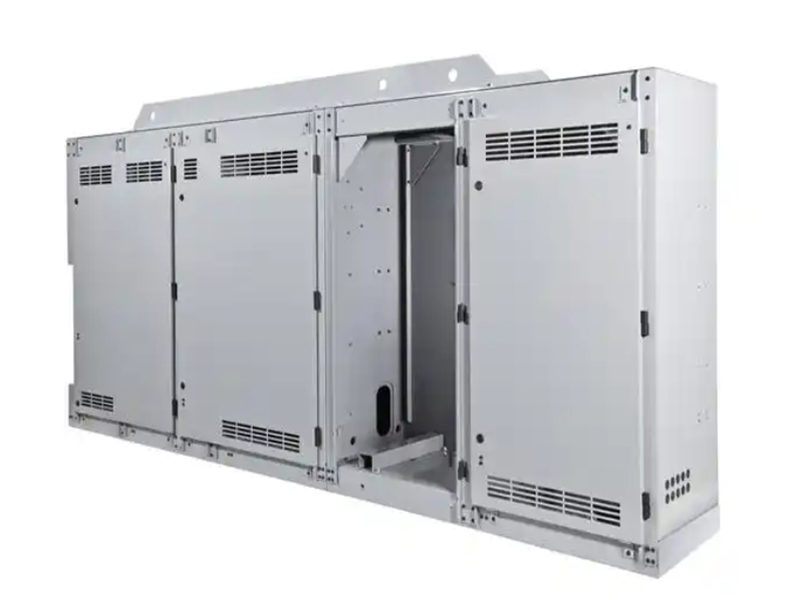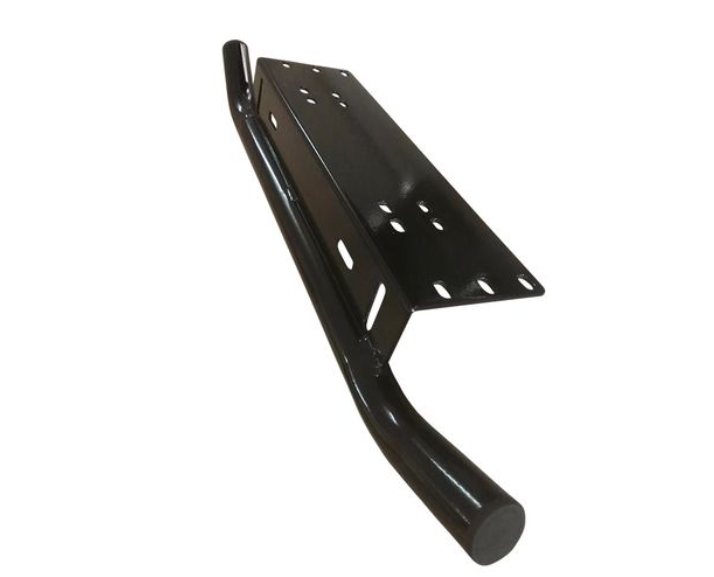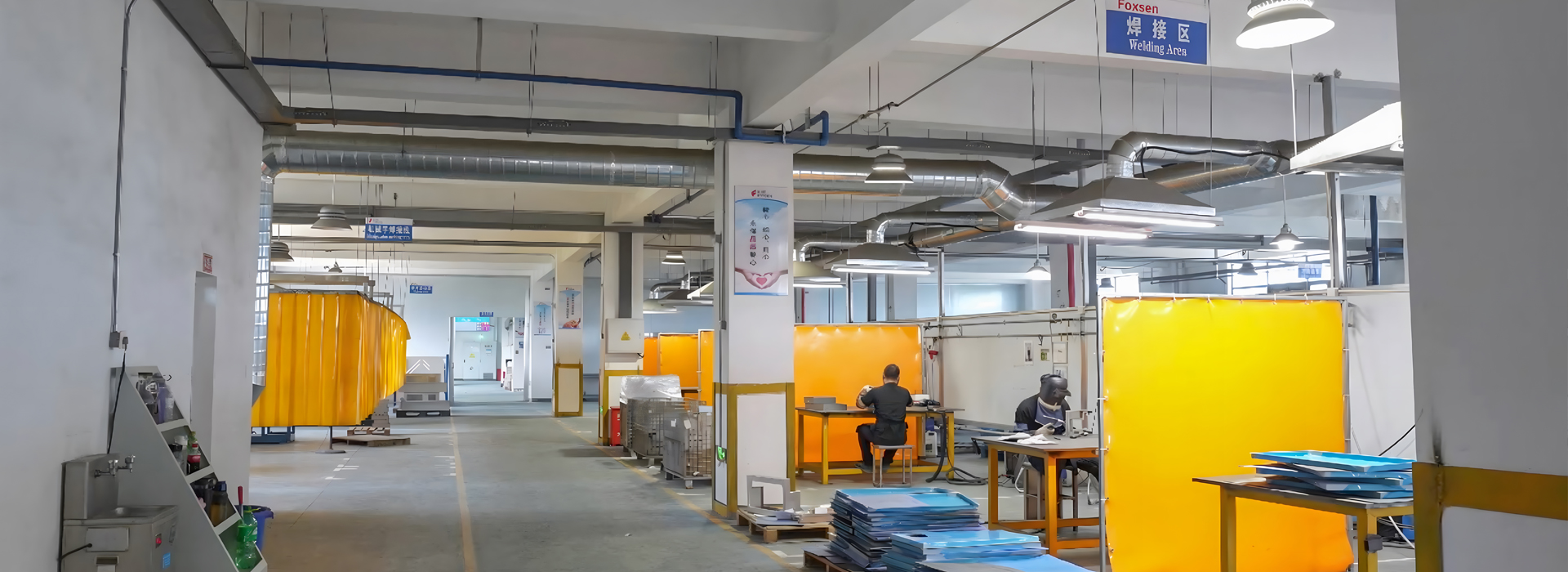Product Link:
https://www.sheetmetalparts.net/products-telecommunication-sheet-metal-parts.html
If you’ve ever scratched your head wondering why we call it “sheet metal,” you’re not alone—it’s one of those terms that gets thrown around a lot, especially in places like Foxsen where we’re knee-deep in making sheet metal parts. The answer’s pretty straightforward, though: it’s all about the shape. Sheet metal starts as a thin, flat piece of metal—a “sheet”—that we cut, bend, and weld into all kinds of useful stuff, like a sheet metal box or a car hood. But there’s more to it than just a name. Let’s dig into what sheet metal is, why it’s called that, and where it shows up in the real world, with some solid facts to give you the full picture.
What’s in a Name?
So, why “sheet metal”? Picture a big, flat slab of metal—thinner than 6mm, usually—that’s rolled out and ready to be shaped. That’s your sheet. Unlike chunky metal bars or rods, this stuff is flat and flexible, perfect for turning into sheet metal parts without changing its thickness. It’s not some fancy technical term; it’s literally metal in sheet form before we work our magic on it. Think of it like a blank canvas—except instead of paint, we’re using lasers, punches, and presses to make something practical.
The “sheet” part sets it apart from other metal forms. Castings get poured into molds, forgings get hammered into shape, but sheet metal? It stays the same thickness—say, 1mm or 3mm—whether we’re bending it into a sheet metal box or punching holes for wiring. That consistency’s key, and it’s why the name stuck.
The Raw Stuff: Materials Behind Sheet Metal
What we start with matters. Sheet metal comes in flavors like cold-rolled steel (SPCC), stainless steel (SUS304), and aluminum (6061 or 5052), each with its own strengths. SPCC’s a workhorse—cheap, easy to shape, and good up to 3.2mm thick, with a yield strength around 210 MPa. SUS304’s tougher, boasting 505 MPa tensile strength and corrosion resistance that makes it a champ for harsh spots. Aluminum’s the lightweight option at 2.7 g/cm³ (versus steel’s 7.8 g/cm³), ideal when every ounce counts.
Picking the right metal isn’t random—it’s about the job. A sheet metal box sitting outside might need SUS304 to fend off rust, while an electronics casing could go with aluminum to keep things light. It’s all about matching the sheet to what you’re building.

How It Goes From Sheet to Shape
Turning that flat sheet into something useful—like a sheet metal box—takes some doing. Here’s the rundown, straight from the shop:
Cutting It Down
We kick off by slicing the sheet into the right shape:
Laser Cutting: Hits precision at 0.1mm—perfect for detailed sheet metal parts.
CNC Punching: Fast and accurate to 0.15mm, great for cranking out boxes in bulk.
Shearing: Simple and cheap, under 0.2mm accuracy, for basic cuts.
For a stainless steel sheet metal box, laser cutting keeps edges clean and tight.
Bending the Rules
Next, we bend it into shape with a press brake. The bend radius (R) and thickness (t) are big players here—keep R at least 1.0t for steel to avoid cracks. The straight edge height’s got a formula:
h ≥ r + 2t
So, a 1mm-thick sheet with a 1mm radius needs a 3mm edge to hold up. Springback’s the catch—that bounce-back after bending. SUS304’s 200 GPa elastic modulus makes it springier than aluminum’s 70 GPa, but a rounded punch can cut that bounce by 20-30%.
Putting It Together
Then we join it up. Welding’s the go-to:
CO2 Welding: Quick and strong for steel, fights rust well.
Argon Arc Welding: Clean for aluminum or stainless, hitting that 505 MPa strength if done right.
A sheet metal box might get spot welds to stay light and tight.
Finishing Strong
Last, we polish it off—SPCC might get paint, aluminum could be anodized, and SUS304 often shines as-is. These steps make sheet metal parts tough and good-looking.

Where Sheet Metal Shines
So, where do these sheet metal parts end up? Pretty much everywhere:
Automotive
Car bodies—hoods, doors, chassis—are sheet metal stamped and bent. SPCC bends with R = 1.5t to dodge cracks, leaning on its 210 MPa strength.
Construction
Roofs and ducts use galvanized steel (SECC), with zinc slashing corrosion to 1/30th of plain steel. Edges follow h ≥ r + 2t—like 5mm for a 2mm sheet with a 1mm radius.
Electronics
A sheet metal box for circuits often uses aluminum, cut to 0.1mm accuracy and bent at R ≥ t (1.5mm for a 1.5mm sheet) to keep things snug.
Aerospace
Wings and fuselages go aluminum for its light weight, shaped with laser precision at 0.1mm.
Industrial
Machinery casings lean on SUS304, handling 870°C heat and welded to match its 505 MPa strength.
Why “Sheet Metal” Makes Sense
It’s called sheet metal because it starts as that flat, thin sheet—simple as that. But it’s what we do with it that counts. Whether it’s a sheet metal box or a car panel, the process—cutting to 0.1mm, bending with r/t at 2-3—turns a plain sheet into something essential. It’s versatile, precise, and built to last, and that’s why the name’s stuck around.
The Takeaway
Sheet metal’s more than a name—it’s a starting point for sheet metal parts that keep the world running. From SPCC’s 3.2mm limit to SUS304’s rust-proof grit, every sheet’s got a purpose. Next time you see a sleek sheet metal box, you’ll know it’s a flat sheet turned pro, thanks to some clever craft and a few handy formulas like h ≥ r + 2t. That’s sheet metal for you—plain, but powerful.





